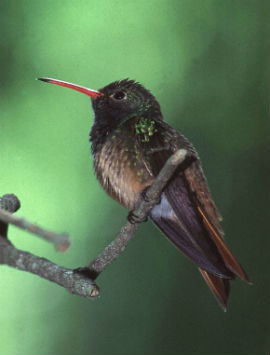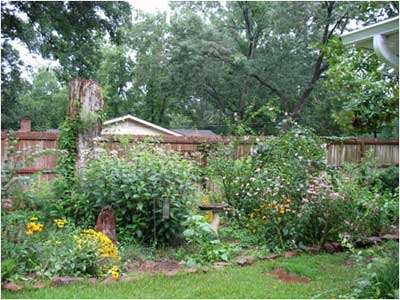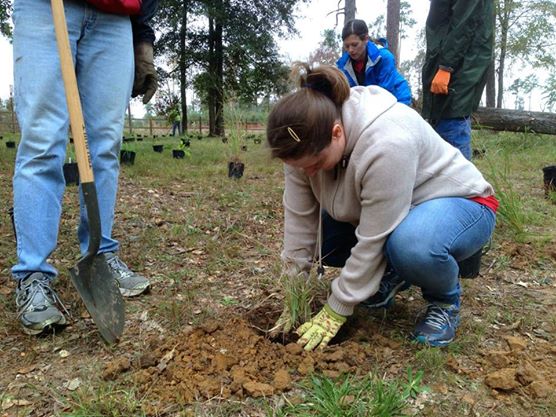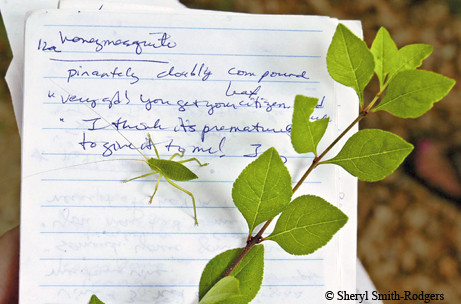Texas Hummingbird Roundup
Wednesday, April 29th, 2015This is Passport to Texas
Until recently, I did not know hummingbirds ate insects.
11—Well, if you think about it, an animal that’s swinging it’s arms at 72 times a second, needs something to rebuild those muscles that it’s exercising in there. And, without protein, they’re not going to build muscle.
So, if you find insects, such as bees, snacking at your hummingbird feeder, Mark Klym says, don’t panic.
09—People get all excited when bees get around their hummingbird feeder. And, bees are a great food for hummingbirds. I’ve watched them take bees out of the air.
Klym coordinates the Texas Hummingbird Roundup, a citizen science project with Texas Nature Trackers where folks like you help biologists take stock of hummers.
24—We ask people to have a look out in the backyard once a week, about fifteen, twenty minutes a week, and give us a count of what birds [hummingbirds] you’re seeing out there. How many? What Species? What are they using? And then, if you see anything unusual—you find a nest, you see mating behavior—we ask you to record it and let us know about it.
Download a survey kit and forms for the Hummingbird Roundup from the Parks and Wildlife website. While you’re there, you’ll also discover gardening tips for attracting hummers and a species identification guide.
That’s our show for today… Funding provided in part by Ram Trucks. Guts. Glory. Ram
For Texas Parks and Wildlife…I’m Cecilia Nasti.






 Passport to Texas is a
Passport to Texas is a  Passport to Texas is made available by:
Passport to Texas is made available by: